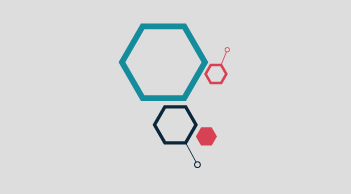The connections between humans, animals, and the environment are complex, framed by profound interdependencies in which what happens to one directly affects the others. For those who doubt it, the cave paintings of Lascaux in France or those found in the Altamira cave in Spain, among many others, bear witness to this enduring relationship.
Today, perhaps one of the most tangible examples of these connections is the fact that approximately two-thirds of emerging human infectious diseases are zoonotic, meaning they are transmitted from animals to humans.
The COVID-19 pandemic is one of the most recent examples of the urgency of collaborative efforts among companies, governments, academia, and communities worldwide to prevent and address these types of diseases because viruses, bacteria, and fungi like Cordyceps – fans of the HBO series, The Last of Us, will understand the reference – know no borders between nations.
This is where the notion of One Health becomes important. While not a new concept, as we have become more aware of the economic, environmental, and even emotional relevance of animals in the development or decline of humanity, we also learn that predicting major threats that can jeopardize our planet is of no use if we do little or nothing to prevent them from happening.
For instance, Mexico has become an international reference for having zero cases of rabies in humans, at least for the past 15 years. However, between late 2022 and early 2023, alerts were raised in various states of the country due to confirmed cases of rabies transmitted from dogs to humans, and in some cases, from bats to humans.
Why did this happen? Because implementing and materializing a concept like One Health is extremely complex if left in the hands of just one of the aforementioned actors. No single company or organization can incorporate the necessary resources and capabilities to achieve this level of prevention and care, especially in regions like Latin America, a showcase of great inequalities in access to basic services, where over 180 million people live in poverty.
On the contrary, it requires the combination of coordinated and ongoing efforts that involve individuals and communities in identifying needs, challenges, and the implementation of possible solutions.
In addition to annual vaccination campaigns for both dogs and cats, as well as prophylaxis for people living in high-risk areas, sustainable models of social and economic development should be implemented, in line with the development goals set by the United Nations.
Thus, vaccination campaigns, for both humans and animals, should be accompanied by communication campaigns of equal or greater magnitude focused on raising awareness among communities about the impact of these transmissible diseases. These same campaigns should be based on fulfilling the minimum needs of the communities.
To make the concept of One Health viable, millions of willing individuals are needed to converge in pursuit of the same objective.
Alejandro González Manager Healthcare México en LLYC




